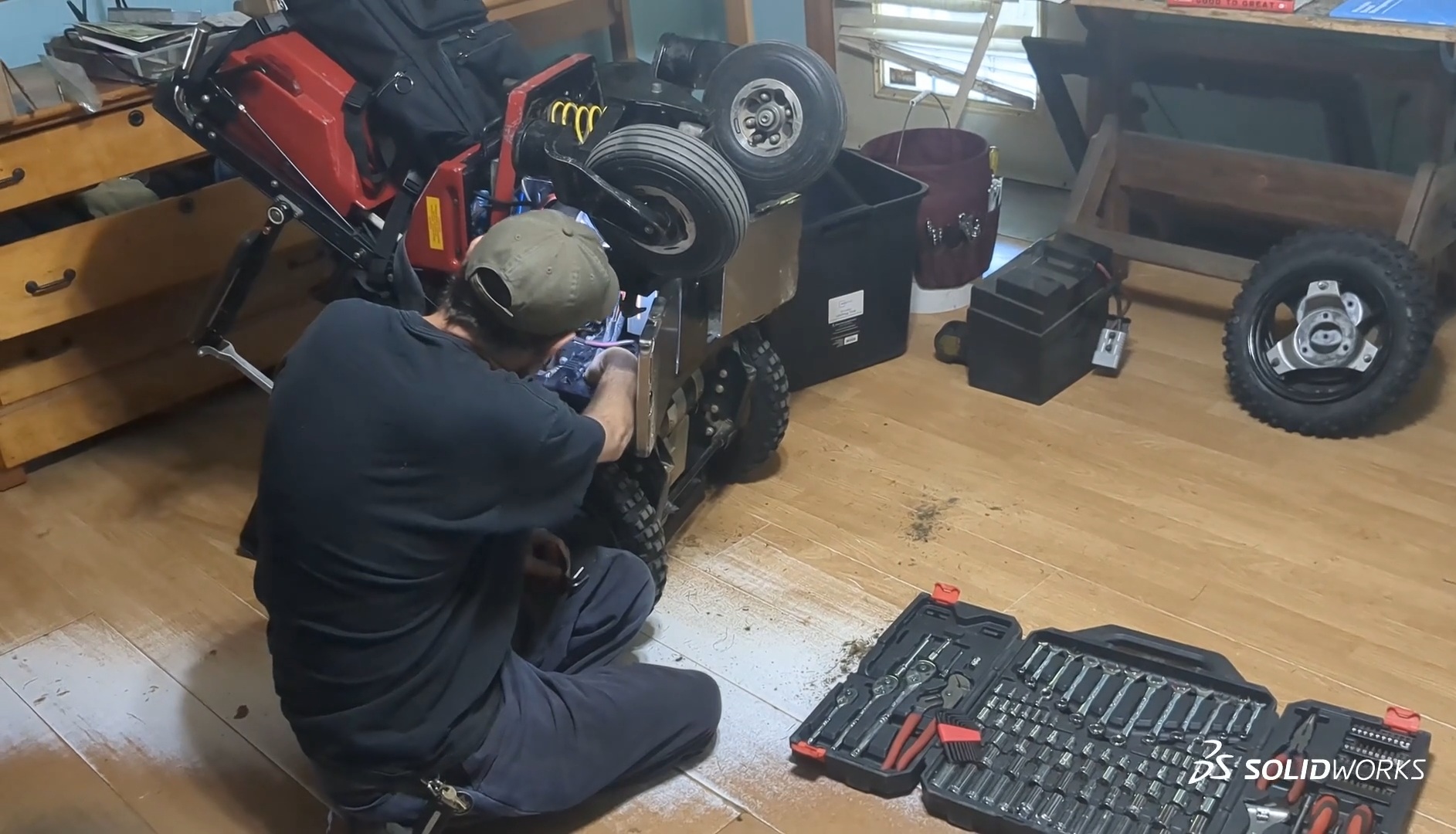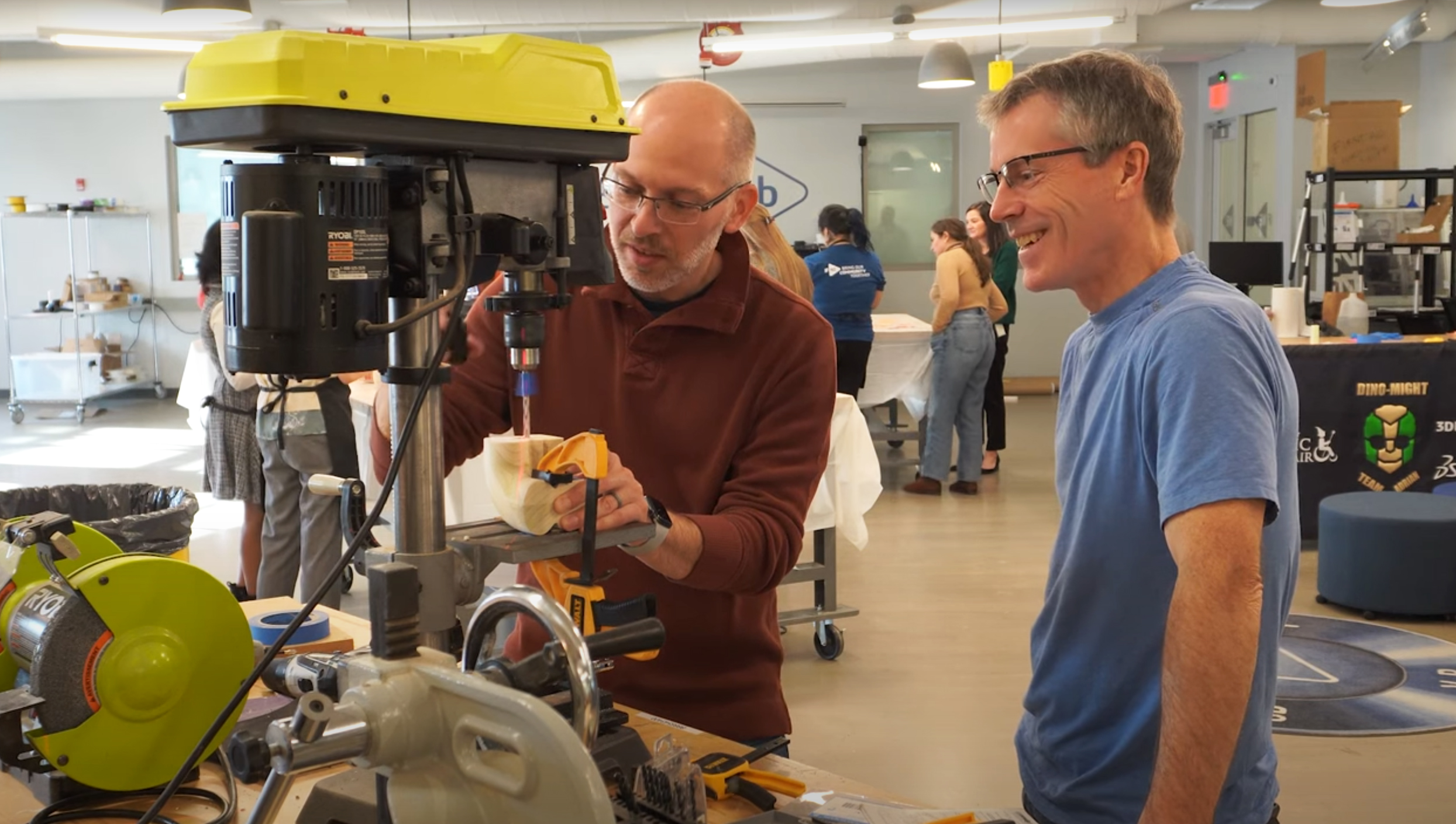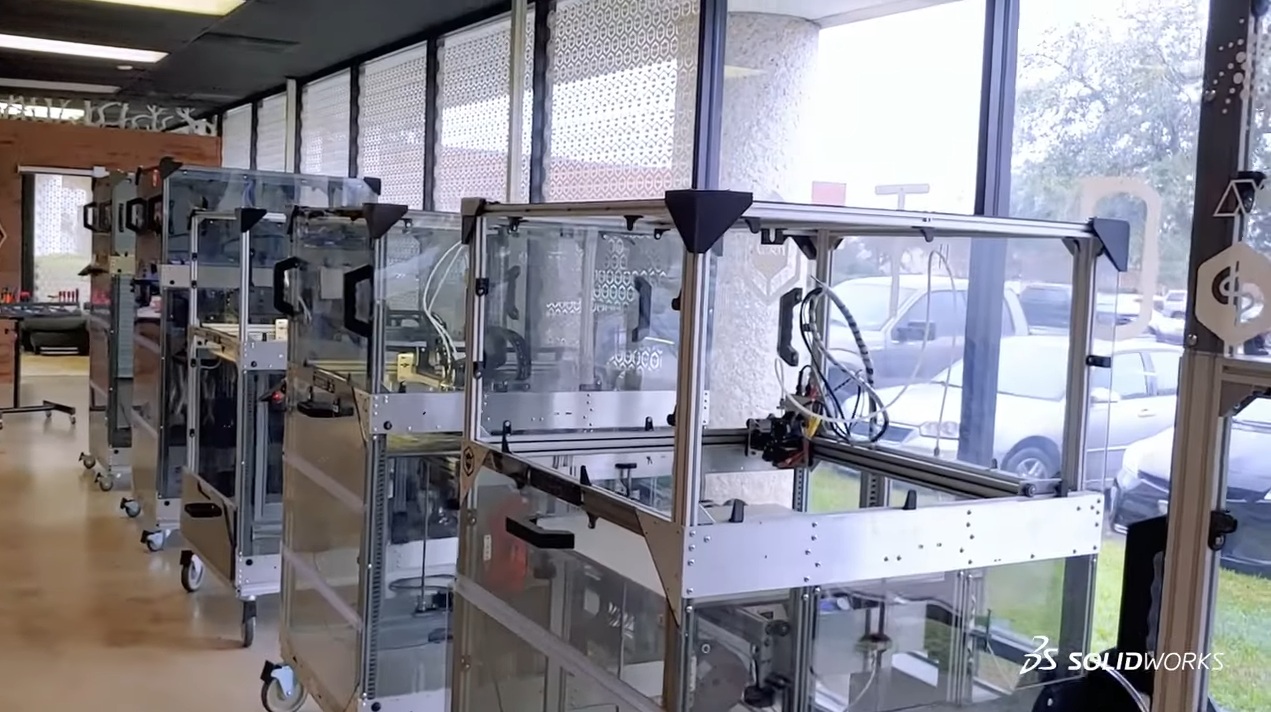Over the last couple years, disruption has exaggerated a lot of manufacturers’ inefficiencies. In some industries, demand surged, as in the demand for home technology and networking because people suddenly needed to connect online for work and personal and family interests.
However, the bottom line is that variability is the enemy of efficiency. To be efficient in manufacturing (or be Lean), you need to be able to respond to and cope effectively with unpredictability. Unpredictability happens in daily life, as it has since the early days of car manufacturing, for example, that led to Toyota’s Production System (TPS).
Larger companies were impacted heavily, but many of them were buffered by significant cash reserves that smaller companies lacked, so many smaller businesses were impacted to a greater degree.

The Advantage of Small
Lean has always been a goal, in one form or another, in the manufacturing world, but it’s become more critical in the last couple of years, and certainly more companies have realized that they’re ill prepared to suffer disruption on a large scale. But ironically, smaller companies have less in overhead to adapt to changes. As they say, “it’s easier to turn a speedboat than a cruise ship,” so small companies’ size is an advantage in that respect. They can change more easily, but the question is, “how?”. Or what tools and methodologies can they put in place to help them transform?
Change is difficult for any size company. No large company suddenly says, “Hey, we’re going to be Lean,” and then it happens in a snap or even over six months or a year. Regardless of company size, Lean starts small—likely in a specific area—and grows over time. Lean manufacturing is adopted slowly and expands organically.
In smaller companies you have more direct access to the executive team to make a company-wide transformation and, make no mistake, executive buy-in is critical to Lean success. Below are a few fundamental principles of Lean manufacturing worth considering for smaller organizations.

Fundamental Principle #1: Customer First
The primary principle of Lean is customer first. There’s nothing more important than what the customer wants. Everything should be aligned around that need, whether it’s designing a product or manufacturing a product based on customer demand. Companies sometimes forget about this very simple but critically important principle when they’re looking at how to change internally or why they should change. The driving force should always be what’s important to the customer or what the customer needs. Sometimes the customer could be internal. For example, a manufacturing department delivering to a distribution network: the distribution network, then, is a customer. Nonetheless, customer first is the most important principle of Lean.
To read the full article, please click here.
To learn more about 3DEXPERIENCE Works, contact an expert at The SolidExperts.




SUBMIT YOUR COMMENT